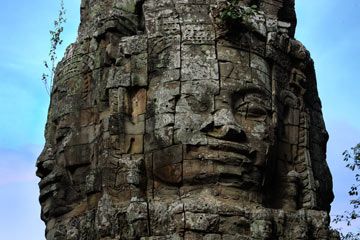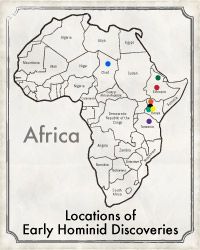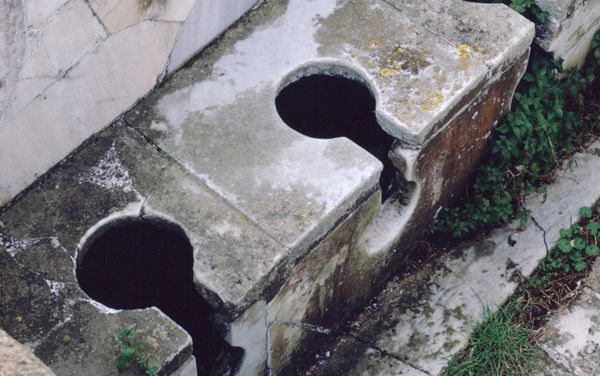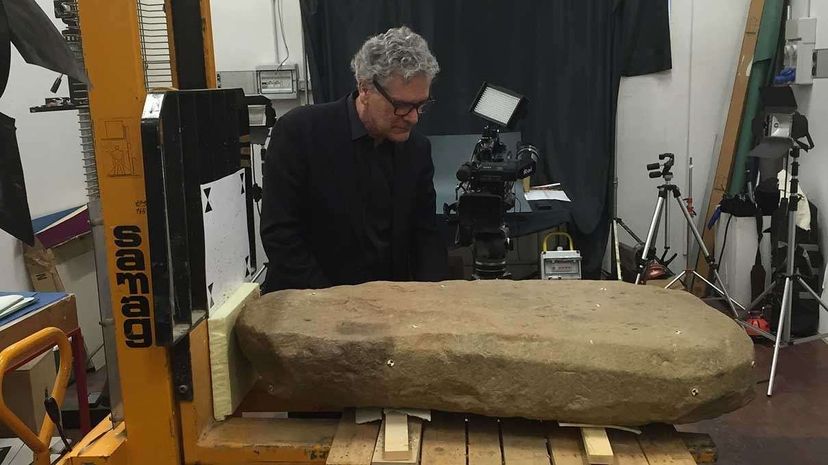
A stone monumentdiscovered earlier this yearinside the wall of an ancient Etruscan temple in northern Italy has definitely been through the ringer. The 500-pound (226-kilogram), oblong slab of sandstone called a stele (STEE-lee) appears to have been dragged, scorched and repurposed before being buried around 2,500 years ago, rendering the writing etched on its surface nearly indecipherable.
Butarchaeologistsat the Etruscan archaeological site ofPoggio Collawhere the slab was found are highly motivated to decipher it, as it contains one of the largest samples of Etruscan text ever discovered. As they've started to translate the text, they've determined that the sele makes reference toUni, a major fertility goddess.
Advertisement
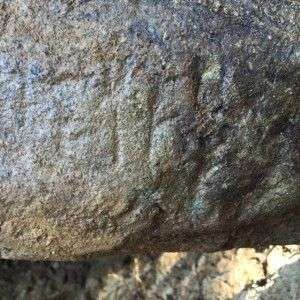
The Etruscans were a powerful, pious people who controlled northern Italy when Rome was just a backwater, podunk suburb. However, very little is understood about their culture. Although they had a system of writing, this stele is only one of about three lengthy samples of text ever to have been unearthed, probably because they mostly wrote in linen books or on wax tablets that wouldn't have survived the ages. Most writing samples discovered to date have been bumper-sticker-length inscriptions associated with graves, so the discovery of this stele is a lot like finding the pages of a diary of a person whose life you've been trying to piece together based on grocery lists and hastily scrawled birthday cards.
Because the Etruscan culture predated and heavily influenced most other Western traditions, the language, habits and motivations of these people are of particular interest to archaeologists. Based on other evidence unearthed in Poggio Colla over the past two decades, one theory is that, at some point, a fertility cult worshipped and lived at Poggio Colla. The discovery of his stele and its focus on a goddess named Uni support the fertility cult theory; a lot of resources would have gone into the making of this monument, and its creation involved not only a stone cutter, but a scribe. It was probably originally posted in the sanctuary devoted to the worship of Uni, giving instructions on how to make offerings to her, how to behave oneself in her temple, or what to do during ceremonies.
"We can at this point affirm that this discovery is one of the most important Etruscan discoveries of the last few decades," says archaeologist Gregory Warden of Southern Methodist University in Dallas, and main sponsor of the archaeological dig, in apress release. "It's a discovery that will provide not only valuable information about the nature of sacred practices at Poggio Colla, but also fundamental data for understanding the concepts and rituals of the Etruscans, as well as their writing and perhaps their language."
Aside from the decryption of Uni's name, nobody yet knows exactly what the tablet says. But if scholars can figure that out, this could be an extremely significant find because of the influence Etruscans, who once ruled Rome, had on Roman civilization.
Advertisement



